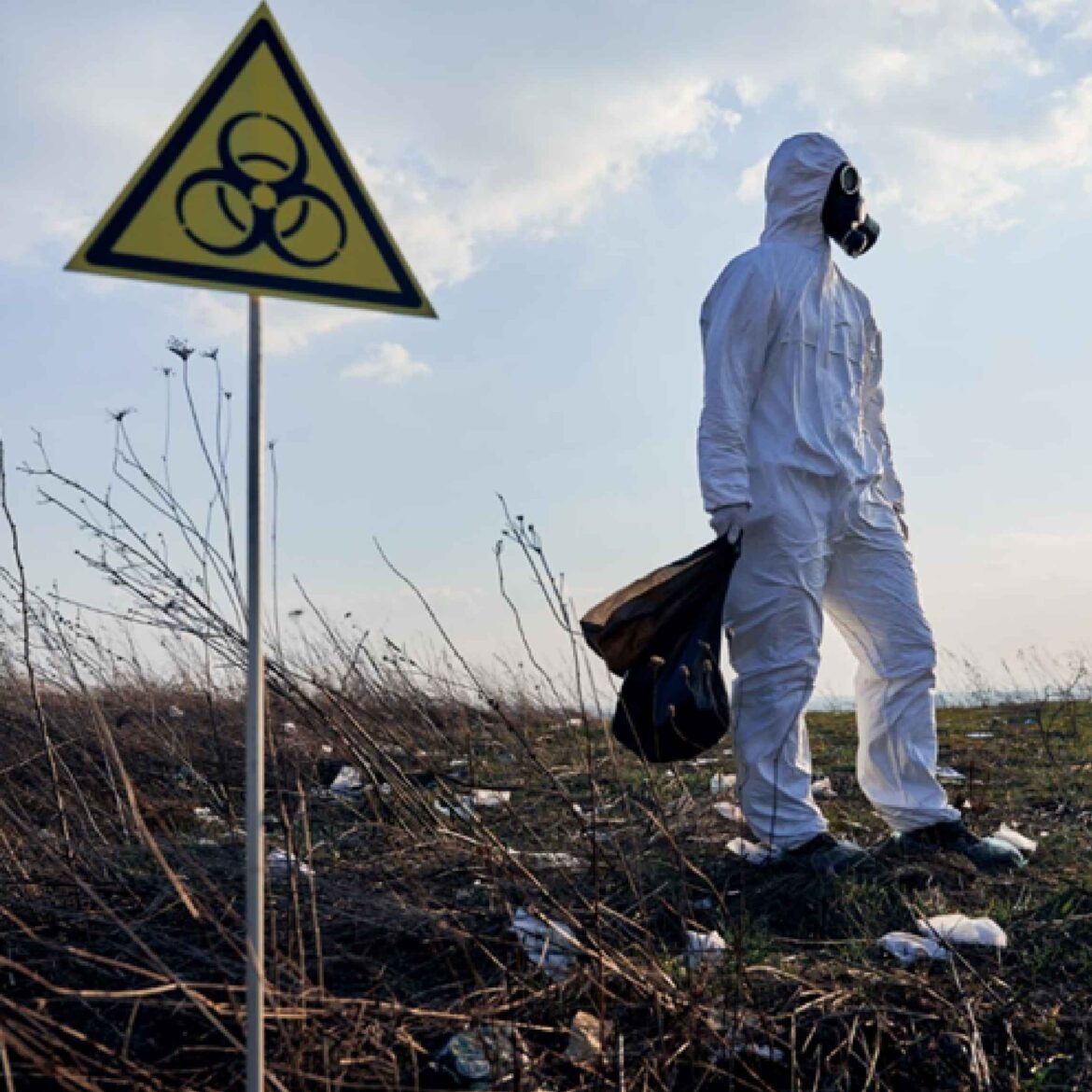While many activities need to be taken care of to safeguard the environment, reducing water pollution is one very important way to keep the environment healthy. Many useful solutions can help achieve this aim. When dangerous materials get into any body of water, they contaminate the water. A body of water that has pollution in it will gradually have worsening water quality, making it hazardous to both humans and the environment. Search for Cheshire waste skip hire if you are from Cheshire and get your environment cleaned.
Get Rid Of Dangerous Household Objects the Right Way
It is not advisable to dump oils, antifreeze, paint, solvents, cleansers, preservatives, or prescription medications down a storm or home drain. Find the types of hazardous products your county’s trash disposal Programme accepts by contacting them.
Treatment Of Wastewater
Treating certain amounts of the water’s contaminants before reintroducing it into the streams is probably the most efficient strategy to lessen water pollution. Treatment facilities for wastewater can eliminate almost all contaminants in wastewater through physical, chemical, or biological processes, making this a very effective option. The facility’s sewage will be passed through several chambers to gradually lower its toxicity levels.
The machinery utilized in treatment facilities for wastewater needs to be kept in excellent working order for them to function as intended. To make sure that the pollutants are being adequately evacuated from the water beforehand the water is discharged back into the natural environment, a variety of water purification sensors can be utilized. Conductivity, pH, as well as oxidation and reduction prospective sensors are some of these sensors.
Use Reusable Cutlery And Bottles
Straws, dining utensils, and single-use beverage containers all significantly contribute to ocean pollution. Use reusable containers and cutlery to lessen the harm done to the marine environment. Glass or BPA-free bottles work best when utilising reusable containers. Metal or silicone straws that are recyclable are excellent choices as well. They accomplish the job well, are reusable, and keep out of the garbage and the ocean.
Removing Plastic Debris From Oceans
Ninety per cent of drifting garbage made of plastic on the water’s surface is the aim of the Dutch nonprofit Ocean Cleanup, which is spearheading the most well-known initiative aimed at clearing up ocean plastic. The inefficiency of the initially established collection system was demonstrated when plastic waste managed to breach its boundaries and a section broke off as a result of strong winds and waves. Since its most recent iteration, 220,000 pounds of plastic have been taken out of the Great Pacific Garbage Patch in the Pacific Northwest.
Use Native Plants To Landscape
Trees that are suited for the bay absorb stormwater runoff. Furthermore, native plants such as grasses don’t need as much fertilizer or watering as non-native ones do. If there is community property close to your house, think about utilising Bay-friendly landscaping to engage and educate the locals. Learn more about using native plants within your garden.
Beaches Covered In Plastic
It turns out that more plastic created recently stays close to shorelines, even though a large portion of the marine plastic floating freely in the gyres has already been determined to be decades old. According to one study, 77 per cent of the garbage that entered the ocean from farmland floated around coastal waterways or remained on beaches for the initial five years. The majority of plastic in the water, according to experts, stays within a radius of one hundred miles of the shoreline between the ocean and coastline, washing along the shoreline and scuffing on the sand before being broken down into microplastics. This suggests that clearing beaches of plastic debris and microplastics might represent one of the best strategies to address the issue.
Conserving Water
You must prioritise water conservation wherever it is feasible if you want to contribute to the preservation of clean, pure water in a way that will safeguard the environment. You may save water every single day in a variety of ways. If you shower every day, try to limit the length of your showers to what you need. Another option is to take a bath, which requires a lot less water. If you have a garden as part of your landscape, attempt to limit the total amount of nourishment you give your plants. Since water is a limited resource, you should make every effort to use less of it when you can.
Get Rid Of Any Bare Areas In Your Yard
Where vegetation (such as plants, bushes, grasses, and flowers) is absent from the soil, there are areas known as “bare spots.” Any kind of exposed spot will eventually lead to the same thing: rainfall hitting the ground and not being able to seep into the soil. Patch up the empty spaces in your house or schoolyard with our easy-to-follow instructions.
Final Words
Because contamination of water is so detrimental to both the environment and the well-being of people, we must avoid it wherever possible. One must constantly have access to pure, safe drinking water unless one wants to lower your chance of developing a variety of illnesses.




